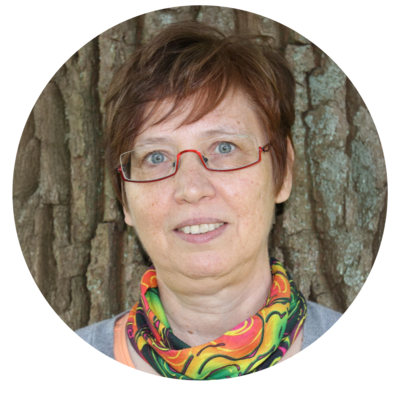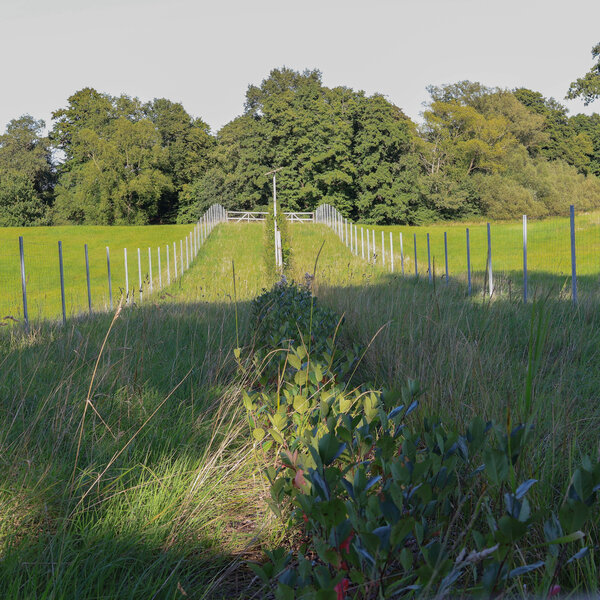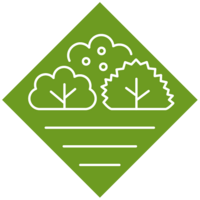Agricultural landscapes with hedges are part of traditional agroforestry systems. Hedges enrich the landscape: they provide habitats for various species and are an important carbon sink due to the wood and humus formation in the surrounding soil. They protect the soil from wind and erosion, provide shade and influence the climate, water balance and thus also the growth of the surrounding plants. Biomass, fruits, ingredients and flowers can be used in many different ways. The promotion of beneficial organisms contributes to pest control.

“Planting new hedges in previously cleared agricultural landscapes has many advantages. They promote biodiversity, prevent wind erosion and also bind carbon dioxide in the long term. Now we want to investigate what else hedges can do, how much they cost and how much benefit we can derive from them. To this end, we also want to experiment with innovative methods, such as DNA biodiversity screening and AI-supported image analysis, to demonstrate the ecological effects. A hedge with fruit and five long agroforestry strips with valuable timber are already in place on the site. This means that we can already start practical and informed discussions and trigger developments right from the start of EILT."
Dr Hilke Schröder, project coordinator

However, planting, maintaining and preserving hedges incurs costs. Farmers lose part of their arable or grassland area. At the edges, hedges affect the yields of cultivated crops. In addition, hedges are subject to nature conservation regulations. In order to increase acceptance and willingness to plant new hedges in agricultural landscapes, the positive effects on agricultural production and the diverse range of possible uses must be measurable and visible. To this end, various hedges are being planted in the Trenthorst Landscape Laboratory on the Lehmberg arable and grassland area.
We are developing different types of hedges with different uses. This will create a diverse hedge agroforestry system. We want to address questions relating to yield formation, constituents, biodiversity effects, carbon sequestration and social acceptance. To this end, we are relying on innovative research methods such as eDNA sequencing and AI-supported image analysis. At the same time, the hedge world is creating a visual aid for farmers who are pursuing similar approaches on their farms.

